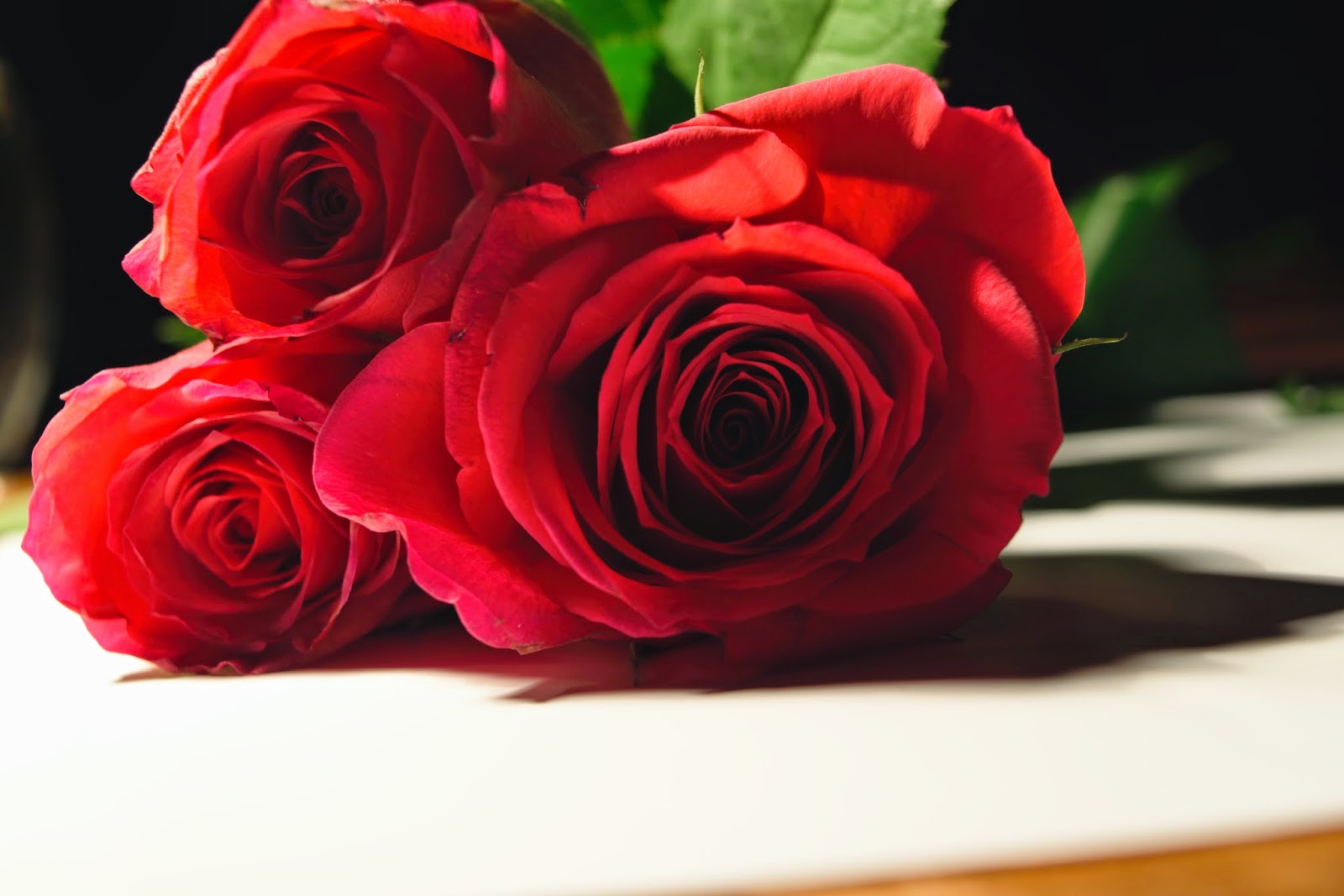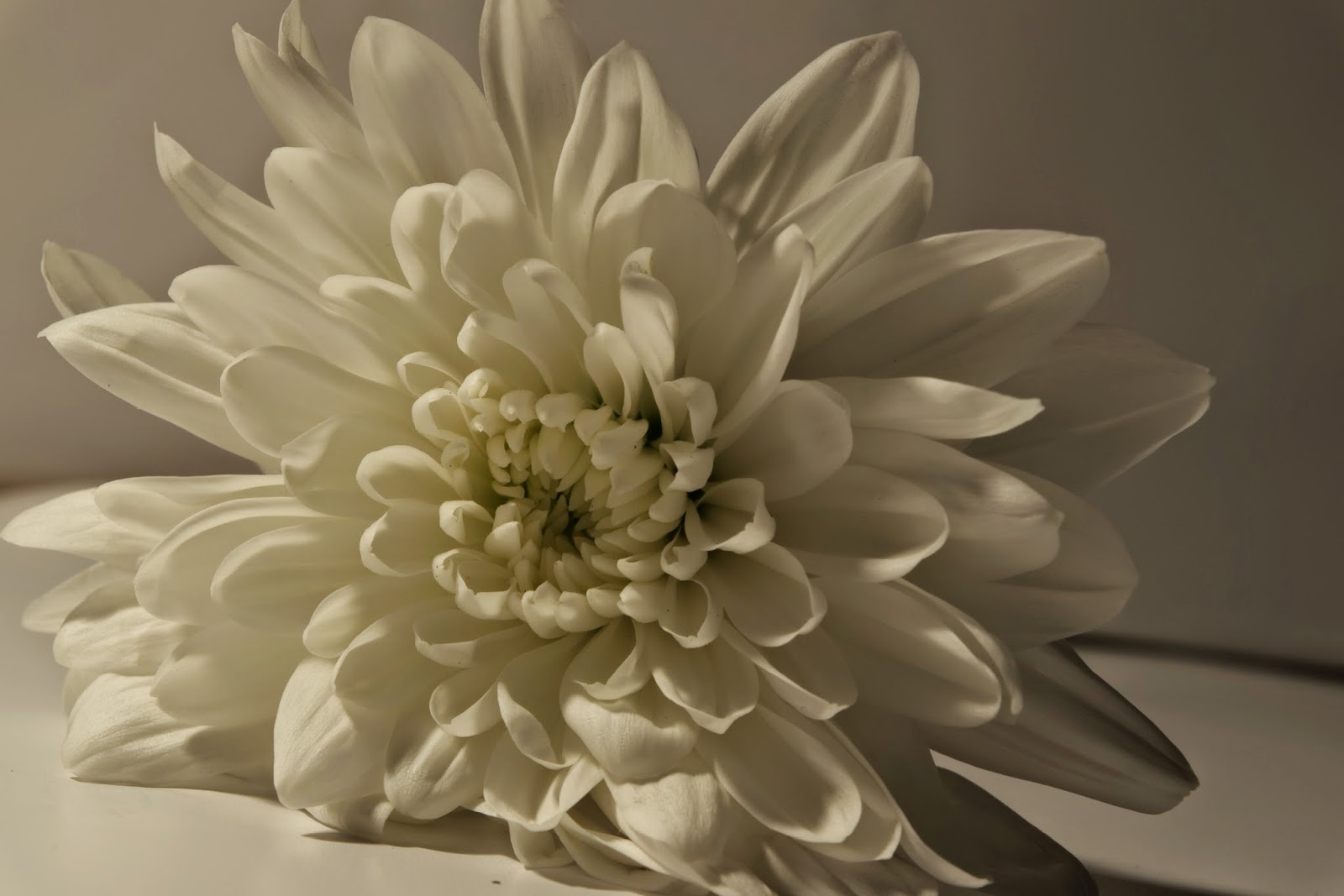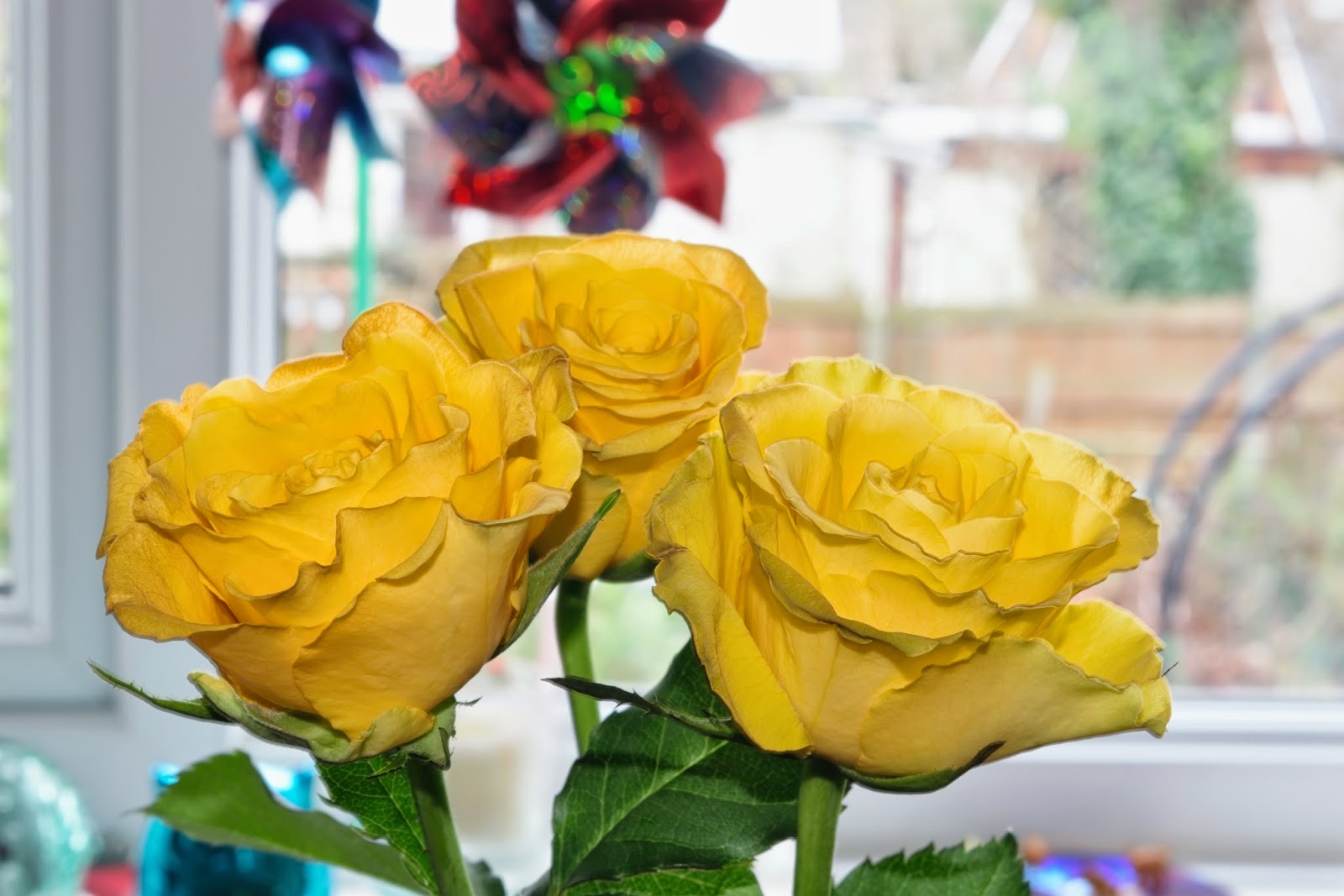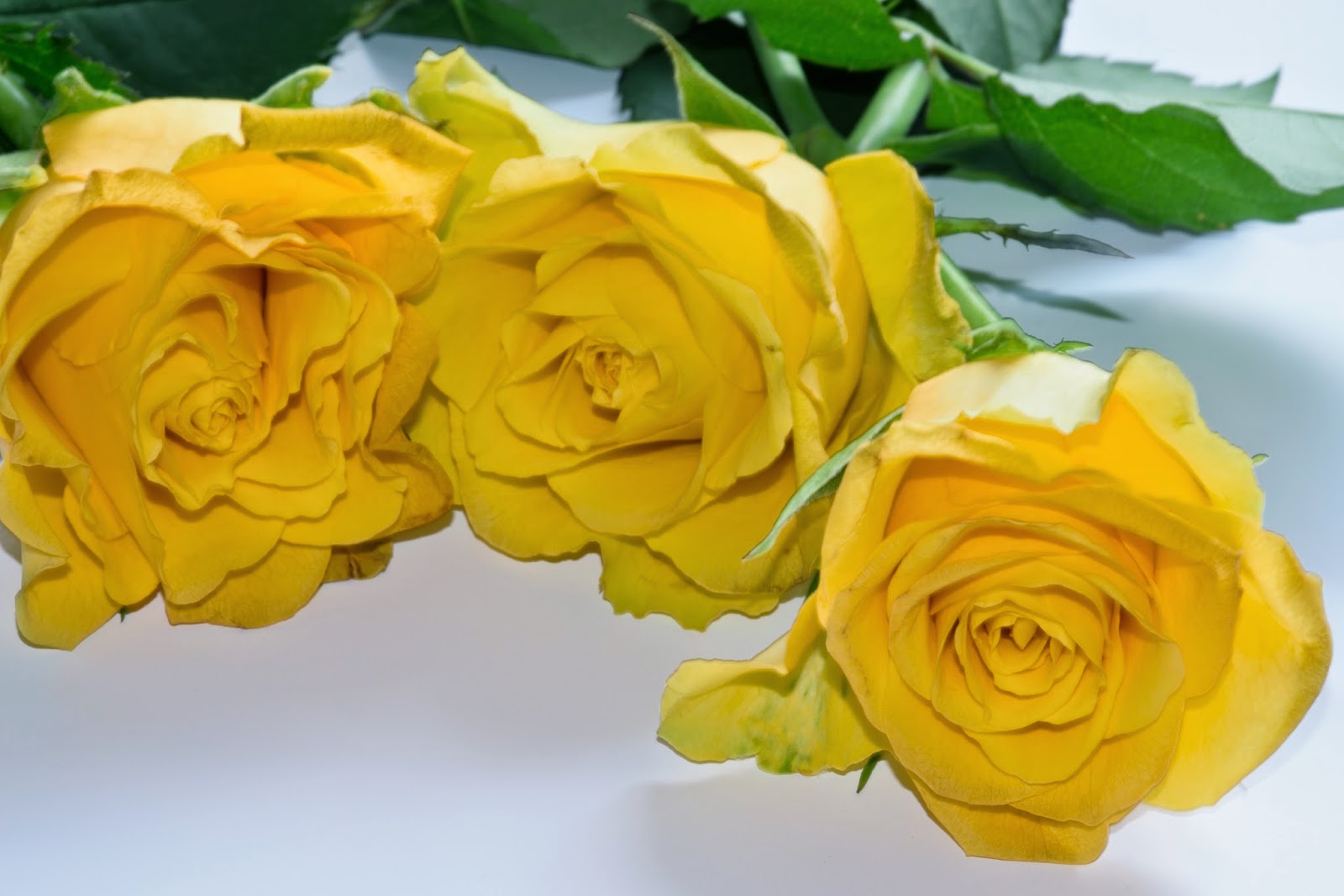Macro lens- The advantage of using a dedicated Macro lens are that is offers closer minimum focusing distances and 1:1 reproduction ratios that other (in particular my 18-55mm ) lenses are not capable of.
The disadvantage- cost. Buying a dedicated macro lens is fairly expensive.
Nikon DSLR Camera (D5300) - The advantage to using this camera over a compact is that you are able to use specialist lenses for a particular subject or effect you wish to produce also image quality is generally better. My camera was also able to shoot using the RAW format, this is useful for post shoot editing as there is no loss of image quality each time you open and edit an image.
Disadvantage- expense. A DSLR is an expensive piece of equipment. Added to this is the extra cost of the lenses you may wish to buy.
Tripod- Using a tripod provides a stable base for the camera, this in turn helps to eliminate camera shake. Slow shutter speeds are able to be used without the risk of blurring the image. The ability to use slower shutter speeds allows the use of smaller apertures creating a larger depth of field.
disadvantage- The high end tripods can cost a large amount of money. They can be bulky to carry especially when used out on location. They can present a hazard if people don't notice they are there, especially in crowded areas.
Desk Lamps- The advantage of using a desk lamp are that they are relatively cheap, readably available.They are also directional which allows the user to direct the light to where they wish it to fall.
disadvantage- using normal bulbs causes the light to have a yellow tinge, daylight bulbs could be used but these are expensive.
Black/ White material- using black and white material was cheap as it was readily available. It produced a plain background against which my images could contrast.
disadvantage- shows up weave in close up photos, creases.
Equipment I could have used.
Reflector- The advantage of using a reflector are that it directs the light to where I want it which can cause some pleasing effects. It can help eliminate shadows.
disadvantage- quite bulky, more equipment to carry.
Off camera flash- Being able to perfectly light your image to get the result you want is an advantage of using off camera flash, you don't have to rely on ambient light levels.The power of the flash can be changed depending on what effect you want.
Disadvantage- The power has to be changed manually which may cause you to miss a shot. It is more equipment to carry and quite expensive. The wires can pose a trip hazard.
Remote Shutter- The advantage of using a remote shutter is that the camera can shoot an image without being touched. This is useful when taking pictures where you have to use a slow shutter speed as touching the camera can cause camera shake and blur the image.
Disadvantage- Some remote shutters have to be pointed at the front of the camera where the wireless receiver is positioned, this can be a hindrance when you want to take the shot from behind the camera for instance wildlife photography.
Health and safety in photography.
When using any photography equipment, health and safety should be considered. Studio equipment should be handled with care, as it can be heavy and difficult to move into position, in particular, care should be taken when lifting it especially in relation to back health. All electrical cables should be carefully secured as not to pose a tripping risk.
Studio lights should be used under supervision, they should never be left turned on when there is no one there as the bulbs can get extremely hot and pose a fire risk.
If I was to shoot on location and not in a studio, I should be aware that members of the public could be about and could easily trip over any equipment that I have set up. A full hazard assessment should take place before any location photography to foresee possible problems and to plan solutions to them. Also, full permission should be granted from owners/ managers to shoot on or in any private property.
In relation to my project, I was using electric desk lamps in close proximity to a vase of water, I had to take special care not to let the vase get to close to the lamps in case I knocked it over as electricity and water do not mix!To reduce the risk of spilling I need to use a water container with a stable base.
There is a risk that the desk lamp with a long electric cable which is not easily seen will be tripped over. I must warn others that this is there and position it where it will not cause a trip hazard. The wire should be taped to the floor where it is positioned where it could be stepped on.
I also used a tripod which I set up in the spare room. I made sure to let the other members of the household know that it was there so they didn't trip over it.
There is a risk that the cut flowers can host a variety of bacteria including Pseudomonas which can cause sickness to myself or others who contact them. I must wash my hands after handling them and instruct others to do so.
There is a risk of injury using sharp edges to prepare my flowers. I must take proper care when handling them and use scissors in preference to a knife.
How to safely store, use and transport equipment.
All equipment when not in use should be stored safely out of the way as not to pose a tripping hazard. The camera itself should be stored in a padded bag with the lens removed and appropriate dust caps applied. You should take care not to subject the camera to extremes of temperature. Also keep the camera away from any magnetic fields as this can damage the mechanisms inside.
All lenses should have dust caps fitted when not in use. To avoid damage to the camera sensor, you should take care when changing the lens, especially in dusty environments. You should take care not to touch the glass as this can cause finger marks on the surface which will effect the quality of any image produced.
When changing the SD card, the camera should be turned off to reduce the risk of lost data/ corruption to the card. The card should be regularly formatted, especially if has been previously used in a different camera.
When not in use the battery should be removed in case of leakage which would damage the camera. A spare battery should be taken with you on location shoots in case it dies before you have all the images you wish to take.
Software Available
Photoshop- To edit my final images for my project I used Photoshop CC. The main advantage of using Photoshop is the vast ways you can change your image. These include cropping, changing the colour of specific parts of the image, removing blemishes with the heal tool, altering the contrast and altering the exposure to name a few. Photoshop is also a useful tool for downloading and viewing your images.
The disadvantages of Photoshop is that is very expensive, however I took advantage of a free months trial to complete my project. Another disadvantage was actually using the program to create the effect I wanted.This was because I had no prior experience with Photoshop and I found it to be fairly confusing and time consuming.
Materials Available.
Photographic Paper
There are two main types of photographic paper- Matte and Glossy.
Matte Paper is dull and does not produce a bright vibrant image. The advantage of using matte paper is that finger marks on the surface do on show up, it also doesn't cause a glare from a light source.
The disadvantage is that the paper soaks more ink into the paper effecting the quality of the image, this would be a problem when printing images that rely on small details.
Glossy paper produces smooth, shiny images which are vibrant and high in detail.
The disadvantage of using glossy paper is that any finger prints or dust can easily be seen if the photo is handled inappropriately. In this case the image should be framed. There is also a glare from the image if you try to view the picture in bright light.
In relation to my project I am presenting my images electronically in the form of this blog, however, if I wished to print the images I would choose the glossy paper as my images are high in detail and vibrantly coloured.
I have chosen to present my images electronically as it is an affordable way to do it that, other than a computer, doesn't need any specialist equipment . It also allows anyone, anywhere in the world, to view my images depending on their internet access. All they need is a link to this blog. They could even accidentally find this blog when searching online.
.png)




































































